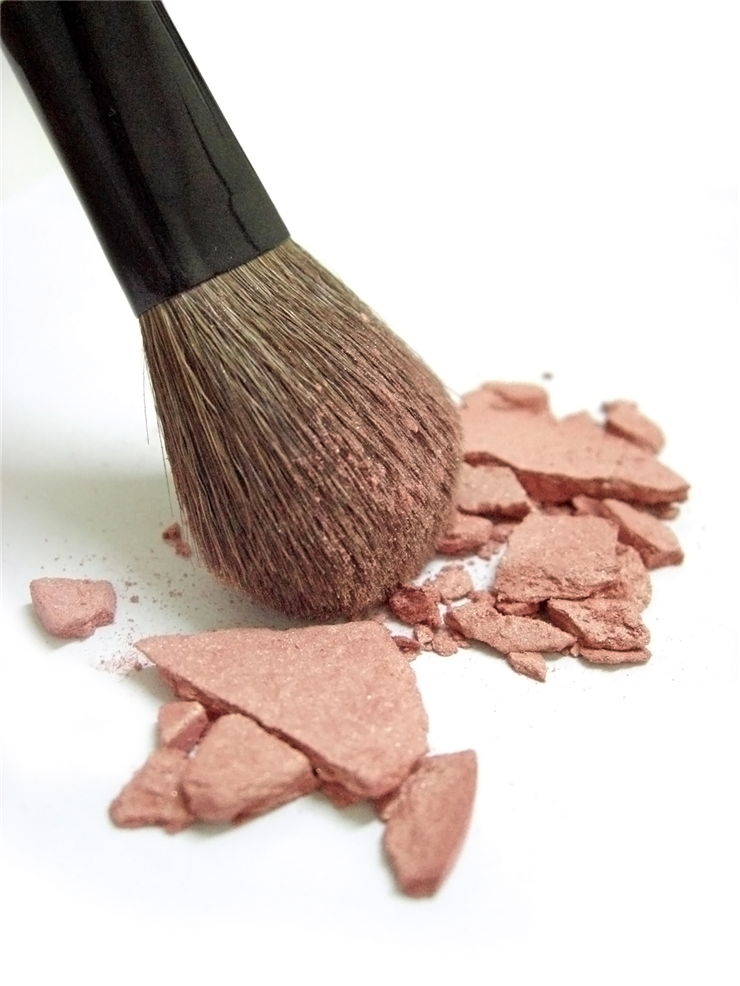Timeline of Cosmetics
Prehistoric times – Early modern humans decorated themselves with natural pigments found in plants and fruits.
10000 BC – First proof of sacred oil (olive oil, castor oil) use in Ancient Egypt.
3300 BC – Tribes in Southern Europe started tattooing their skin.
3200 BC – Women in Mesopotamia (modern day Iraq) started manufacturing first manmade cosmetic products in the world.
3100 BC – Among many ceremonial items found in the five thousand year old Egyptian tombs, few are thought to be palettes that were used for grinding of cosmetic ingredients.

3000 BC – Chinese start painting their fingernails with colors extracted from natural sources.
1500 BC – Cosmetic products became commonplace in Egypt. They were used by everyone except lowest class of citizens and slaves. Aristocracy embraces fashion of “white” skin, face mascara and dark eyeliners. Priest integrated sacred oils into their religious and “magic” ceremonies.
1500 BC – In the Far East, fashionable Japanese started painting their skin in white with rice powder.
1000 BC – Egyptian tradition of public bathhouses spawns the development of various medicinal and cosmetic oils, soaps and pastes. Greek aristocracy starts using cosmetic products (face powder, red lipstick) to visually distance themselves from the rest of the population.
600 BC – Babylon becomes the biggest perfume trader of the ancient world.
500-200 BC – Cosmetic products start spreading across entire Roman Empire.
189 BC – Roman Empire female’s becomes totally enchanted with expensive foreign cosmetics, to the point when Senate managed to bring the law that totally forbids its use. This law was active for only 6 years, before it was quickly repelled after enormous riches were brought into Rome from the sacked Carthage.
100 BC – Christian females decided not to use too much cosmetics, which started the belief of future Catholic Church that cosmetic products are items of heretics and devil worshipers, especially red lipsticks.
200 to 1000 AD – Cosmetic products almost disappear from the Europe. Catholic Church openly discouraged their use, promoting their “religious and medicinal threats”.
936-1013 – Arab physician, surgeon and chemist Abulcasis (also known as “father of the modern surgery”) invented solid lipsticks, which could be applied to the lips without the need for paintbrush.
1000 – Cosmetic products slowly become to spread across the Europe. Their use is still discouraged, but lower classes of population (especially prostitutes and feminine males) continue to use them in the next 800 years.
1500s – Court of English Queen Elizabeth I popularized the fashion of stark white faces and painted lips. Sadly, their white paint contained toxic ingredients that could cause serious illnesses.
1700s – White geisha paint becomes popular in Japan.
1888 – First deodorant.
1892 – Fashion magazine Vogue launched in the US.
1896 – Colgate introduces toothpaste in tubes.
1904 – Max Factor established in Los Angeles, it specializes in the production of film actor cosmetics.
1907 – Safe synthetic hair dye invented by L’Oreal.
1915 – Portable lipstick invented.
1917 – Maybell launches Maybelline cake mascara.
1920 – Rimmel produces first non-toxic European mascara, eyebrow pencils become popular, and film actors start become primary propagators of new fashion trends.
1930 – Max Factor launches first lip gloss.
1936 – L’Oreal invents sunscreen.
1948 - Hairspray is invented.
1950 – After WW2, cosmetics become international business that creates enormous profits.
1965 – Aerosol deodorants.
